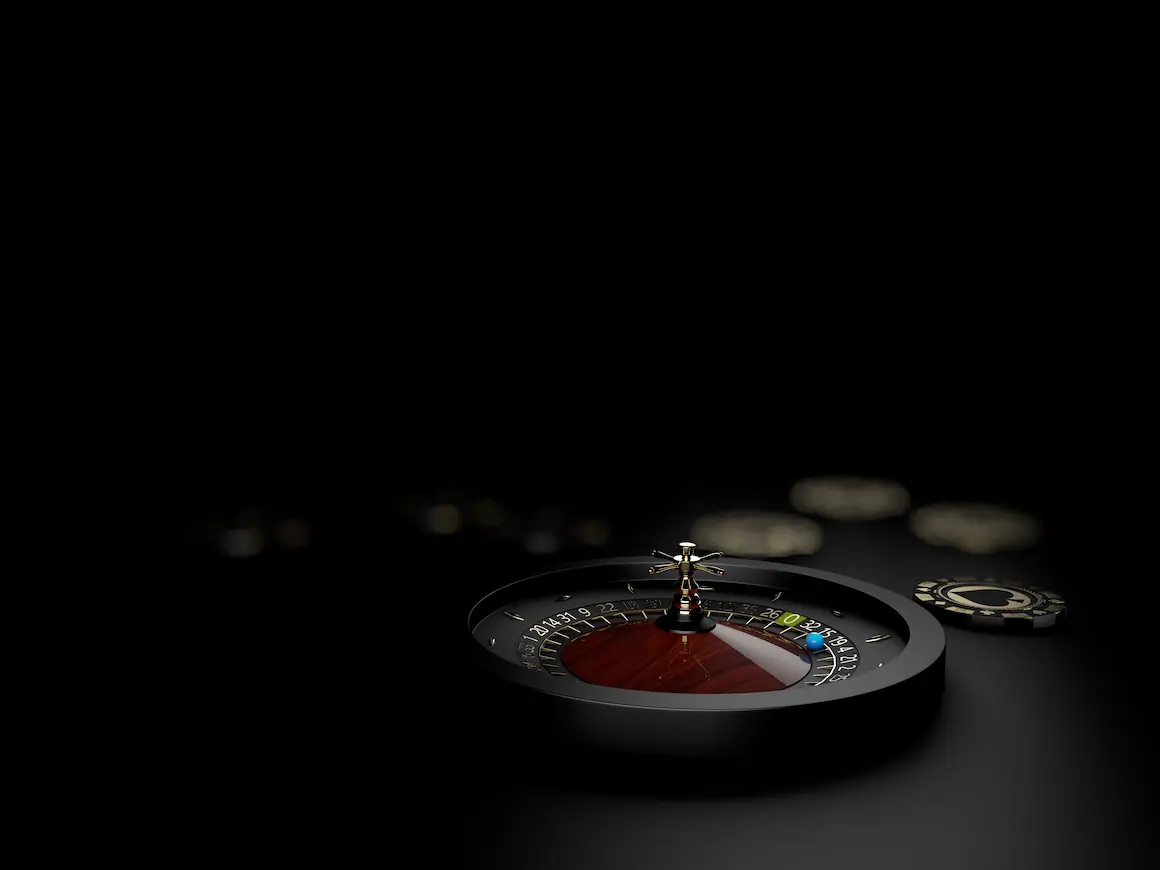Micro stakes poker is the most popular table among players in poker rooms. The micro stakes are played with stakes from $0.02/0.05 to $0.10/0.25, and usually, all poker rooms offer many such tables. The maximum buy-in for cash tables at these limits is usually 100BB (big blinds). Micro stakes players are usually recreational players who play poker for fun and don’t intend to seriously improve their game or players who are still mastering the basic strategy of poker.
Let’s move on to the micro stakes strategy.
How to play preflop at the micro stakes

Well, how do you play micro stakes poker? Let’s consider this example: the normal size of an open raise in 6max NL is 2-2.5BB, however, at limits, opponents don’t care if all bets are 4-5BB. Micro limit players still call with a trash hand and try to get into the game postflop.
So, wait for a strong hand and punish your opponents by overbetting. This way, more money will go into the pot, so it’ll be easier to go all-in post-flop and force other players from the hand to play for a stack. A good rule of thumb for sizing an open bet is 4-5BB + 1BB per limper at the table. Yes, there are a lot of weak players at the micro stakes who will passively limp with trashy hands. If there are players at the table who don’t fold to a single preflop raise, go ahead and bet 15BB at once. For loose players at the micro stakes, this is a tiny sum of money. Recreational players tend to think about the money, not the big blinds.
Choosing a hand to play at micro stakes
So, what starting hands should you bet on at the micro stakes? As mentioned earlier, using a larger bet size will increase the pot at preflop, and the SPR (Stack to Pot Ratio) will be smaller.
Let’s explain what the advantage is of playing with a high bet strategy. In a cash game, an overpair or top pair with a good kicker is often a very strong hand. With oversized bets at preflop, stacks get smaller, and if you manage to hit the flop, it gets easier to play with strong hands and eventually make one of the opponents get rid of the whole stack.
If you make a minimum raise at preflop or bet a smaller amount, the size of the pot will be smaller relative to the size of the stack, and there’ll be less of a chance to provoke opponents to stack. Thus, when choosing starting cards, it’s best to play with strong hands that can often make up a winning hand.
Playing poker with premium hands
Large pocket pairs and JJ+ are premium hands with which you should go all-in as often as possible as a response to any actions of opponents on the preflop. This rule works for all Poker tables and affects micro stakes and low limits.
Hands AK, AQ, AJ, KQS, KJS, and QJS will often be a strong top pair; with such strong hands, it makes sense to conduct an aggressive game. If the premium hand didn’t get into the flop and there are no top pairs or overpairs, it makes sense to place a continuation bet, but only rely on barrels on the Turn or River rarely. Recreational players of micro stakes poker prefer not to drop cards at such bets.
Small pocket pairs and suited connectors
Small pairs are difficult hands to play at micro stakes poker. If you manage to hit a set in the game, you should collect as much money as possible from the players. However, please note that such a hand falls on the table only in 1 in 8 flops. The right strategy for playing small pairs 22-66 at the micro stakes poker is to not overflow the pot preflop and aim to hit a set. If you don’t hit a set, getting out won’t cost you a fortune. If previous opponents have limped into the pot, it’s best to limp too. If none of your opponents have entered the hand yet, make a small raise.
Stack size is also important when playing small pocket pairs at the micro stakes. Calling a raise is only profitable if your opponent has at least 50BB in the stack. If UTG starts with a tight player who has a stack of 30 BB, it makes sense to fold 22-66 from positions hijack or cutoff against the player.
Medium suited connectors such as 65s-T9s are similar to pocket pairs. These are playable hands where all strong draws are possible, but often these cards don’t improve on the flop. Don’t invest too much money with these hands at preflop.
At many micro-limit tables, you can get away with a strategy of over raising with premium hands and small raising with weaker hands most of the time. This strategy seems unbalanced, but recreational players don’t care about bet sizes in games. Therefore, each time different open-raise sizes will help with improving the win rate when playing micro stakes poker. However, you must be wise when choosing your opponents and play carefully with this strategy. This raising pattern is a bad idea against experienced players at higher stakes. Poker is about understanding other players and making the right choices in different situations.
Different raise sizes will demonstrate the strength of the hand to high stakes opponents. So don’t get too attached to bet sizing at low stakes and high stakes, as there will often be a lot of experienced and strong players here.
Medium pocket pairs

77-TT are more difficult hands to play both at the micro and higher stakes tables. If no one has entered the pot yet, it’s worth raising this hand from any position, but it’s often difficult to do so post-flop. If you have an overpair on the flop, it’s better to make a strong bet and protect the hand before other players get aggressive. If the table has high cards, it’s often better to fold the hand and not get involved in a further game with a slim chance of winning.
Problem hands at the micro stakes
Sometimes you should bring a wide range of hands into play, but the situation must be right. It’s recommended to play only premium hands from an early position, but it’s acceptable to expand the range of opening hands on the button. The decision to play starting hands ATo-A5o, A9s-A2s, KQo, KJo, KTo, K9s-K6s, QJo-Q8o, QTs-Q6s JTo, J9o, JTs-J7s, T9o, T9s-T6s is influenced by the number of players in the hand, position, previous players’ actions, and stack sizes. To those new to the lower limit game and those who aren’t yet sure how to act in difficult situations, we advise focusing on the tight-aggressive style of play with premium hands. Expand your opening range only when you have confidence in your post-flop decisions; this way you’ll avoid losing extra money while you’re still gaining experience playing at the micro limits of poker rooms.
Other (garbage hands)
Starting hands like T5o or J2 mentioned above aren’t suitable for all positions. This poker rule isn’t just for the micro limits; it’s a smart strategy at higher limits as well. Most of the poker starting hands are garbage, as they’re too weak. If you fold most hands and find yourself raising with trash hands, you can add more tables. When playing at multiple tables, at least one table will have a playable or even strong hand. But remember, when multi-tabling, there must be enough money in the bankroll for buy-ins. Poker isn’t about bluff. It’s about discipline behind the game, waiting for the right hands, and slowly taking money from opponents who play worse hands in the long run.
3-betting at the micro stakes poker
At the micros, it’s advised to 3-bet on value. Popular advice these days is to 3-bet with weak suited aces, suited connectors, and premium hands to balance your 3-betting range. But at the micros, it’s best to ignore that advice and only 3-bet with strong premium hands like JJ+ and AQo+.
When it comes to 3-bet size for the micro stakes poker, it’s better to bet larger than the usual, same as with open raises, since opponents often call in cheap games. Don’t be afraid to frighten your opponents by betting too much. Sometimes all opponents fold hands, so getting value every time in all games is impossible. In this case, move on to the next hand and don’t panic.
He/Him
19
349 articlesKristaps is an expert in the field of online casinos. Since the age of 20, he has been interested in casino games; poker and blackjack are his favorites. Thanks to his studies and work experience, he has found himself a gambling critic and analyst. He likes to share his own authentic experience with the audience, so his articles are very informative. Kristaps' lifelong dream is to participate in a poker tournament in Las Vegas.
Nationality
latvian
Lives In
Latvia
University
University of Latvia
Degree
International Marketing and Advertising
More info on Kristaps Gauja






 kristaps.gauja@casinobaltics.com
kristaps.gauja@casinobaltics.com 
